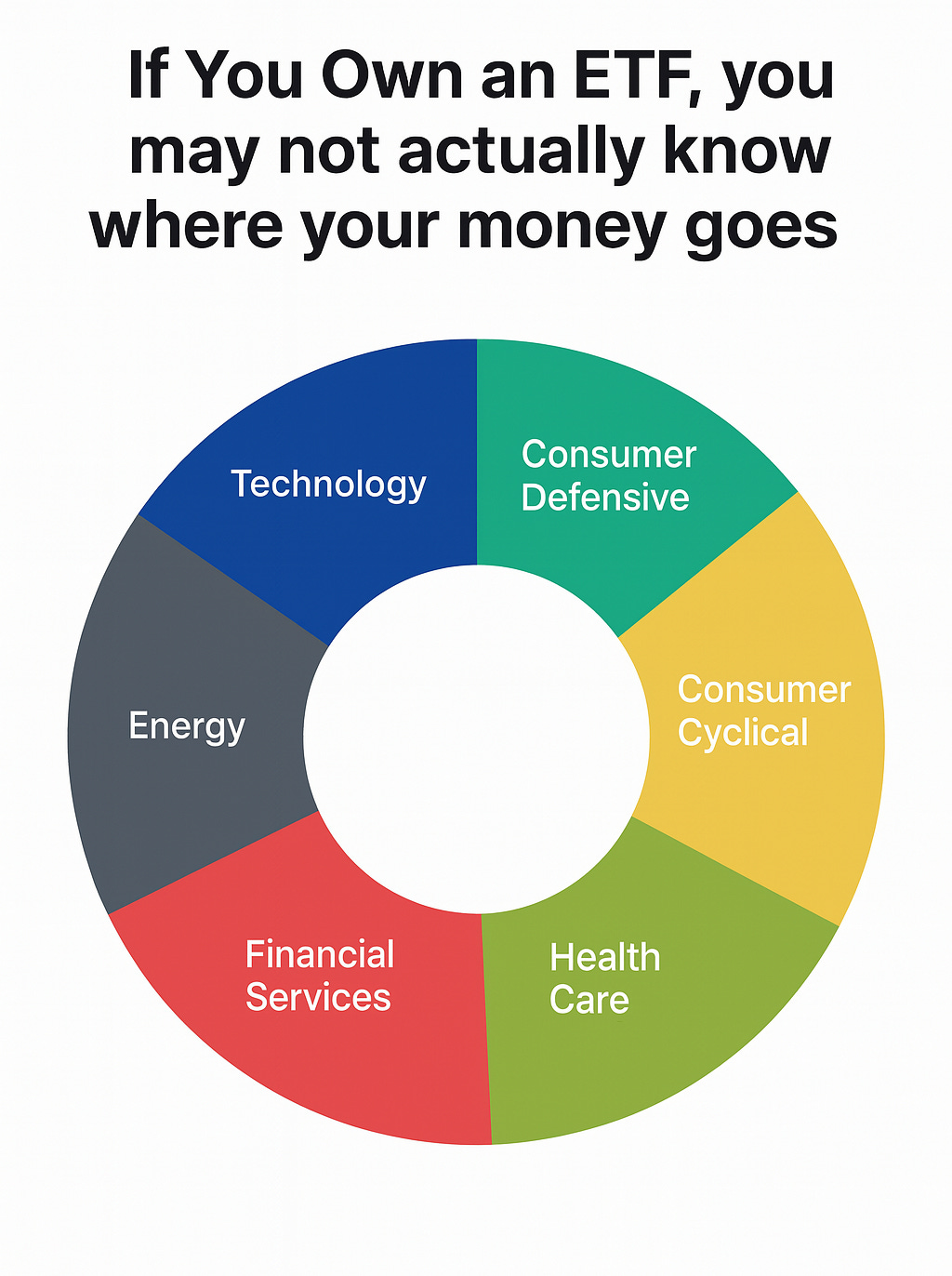Why I Gave Up on Most Investment Apps?

I tried the top investment apps — the ones everyone recommends, the ones with sleek dashboards and impressive features. Some checked a few boxes. But not one of them gave me everything I was actually looking for: meaningful insight, strategy-aligned guidance, and serious tools for serious investors.
They looked good on the surface. But once I got past the polish, it was all the same: shallow features, generic advice, and no real support for the way serious investors think and work.
Here’s what they got wrong — and why I finally stopped trying to make any of them work.
1. Real Investors Aren’t One-Size-Fits-All
Every app I tried treated me like a passive indexer, a beginner, or a trader. None recognized that investors follow specific philosophies — like GARP, value, dividend growth, momentum, or quality.
And more importantly, none offered a way to actually *view or evaluate* your portfolio through that lens. I couldn’t ask, “Does this portfolio reflect a value strategy?” or “Are these holdings consistent with dividend growth investing?”
There was no way to filter, organize, or analyze based on strategic fit. I was left on my own to guess whether I was sticking to my style or drifting off course.
If an app can’t help you understand how your portfolio aligns with your philosophy, it’s not helping you invest — it’s just tracking holdings.
2. Performance Without Context Is Just Noise
What good is seeing that I’m up 3.2% if I don’t know *why*?
Was it one stock? Was it sector movement? Did I outperform my benchmark or just follow the index?
Apps showed me numbers — but gave me nothing to act on. No attribution. No sector impact. No style drift alerts. Just dashboards full of movement, not meaning.
I don’t want to be impressed by a graph. I want to be informed by it.
3. ETF Exposure Shouldn’t Be a Black Box
ETFs are supposed to simplify diversification. But the truth is, they often hide concentration risk.

Most apps list the ticker and market value — and that’s it. They don’t tell you what’s actually inside the fund. So you end up thinking you’re diversified when 40% of your portfolio is quietly riding on tech.
I shouldn’t have to open ten fund fact sheets and do back-of-the-envelope math to know what I own. That’s what the app is supposed to do.
4. Tax Blindness Is Inexcusable
Most apps show you cost basis and unrealized gains — but they stop there. What they **don’t** do is remind you that selling a position could hit you with a significant tax bill.
There’s no context. No warning. No framing.
They’ll highlight a big gain like it’s good news — without helping you understand the cost of realizing it. They won’t flag short-term gains. They won’t suggest tax-loss harvesting. And they certainly won’t surface whether the sale even makes sense when taxes are factored in.
The numbers are there, but the insight isn’t. You’re left doing the math, weighing the impact, and hoping you didn’t just wipe out your edge with a poorly timed sale.
If a tool is meant to help you invest smarter, it can’t ignore what happens the moment you sell. Taxes matter. They always have. And pretending they’re just a footnote is a disservice to anyone trying to invest intentionally.
5. Glossaries Are Not Education
Pop-up definitions are not enough. I didn’t need a tooltip for “P/E ratio.” I needed help understanding how that ratio should be used in a GARP vs. value context — and whether it even matters for a cyclical industrial stock.
Education needs to be built into the experience — layered, contextual, and tailored to the investor’s approach. Not tossed in as a sidebar article nobody reads.
If your app isn’t making me smarter every time I use it, what exactly is it doing?
6. Stop Pushing Trends. I’m Not Here to Chase Hype
Many apps felt more like social networks than investing platforms — promoting trending stocks, meme tickers, and community sentiment like it's helpful.
It’s not. It’s distracting at best, dangerous at worst.
I don’t need excitement. I need clarity. I’m building wealth, not chasing dopamine.
What I Wanted — and Didn’t Get
- A clear, honest picture of what’s working and why
- Tools that respect long-term strategies, not just short-term gains
- Guidance grounded in principles, not popularity
- Insightful analysis, not generic dashboards
- Real education, not content marketing
None of the apps I tried delivered on those expectations. And after a while, I stopped expecting them to.
Eventually, I stopped expecting these tools to get better — and started figuring out what a better one would look like. Not to sell it. Just to finally have something that respects how real people invest.
**Like this post?**
I’m just getting started. Subscribe to *Phaetrix* to get thoughtful, experience-backed insights on investing — no hype, no noise.






Member discussion